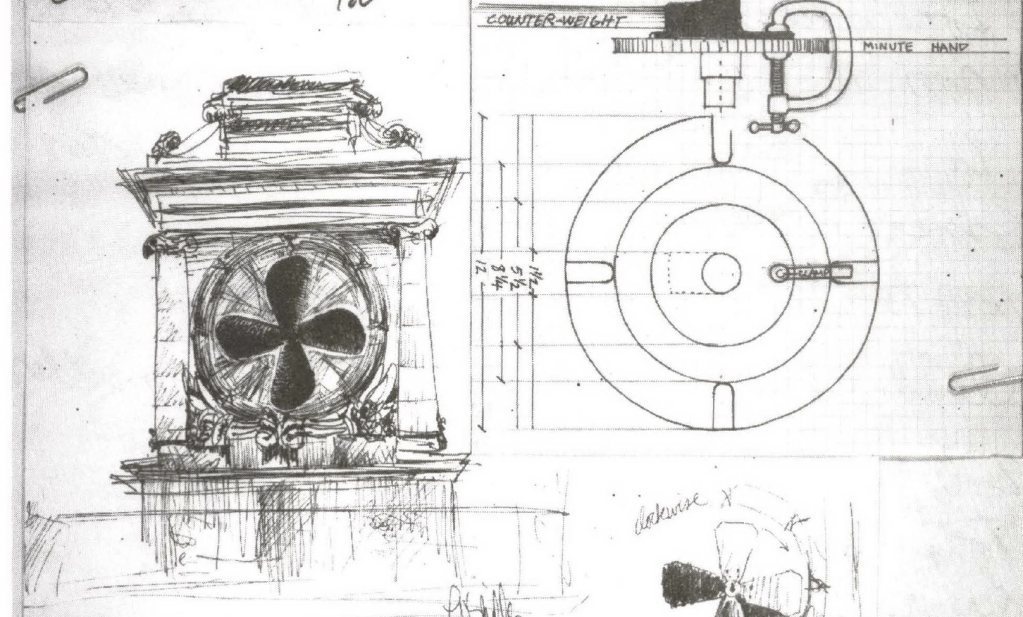
Radio Fluxus: Stories from the Fluxus Archives is a podcast series that features our conversations with scholars, artists, curators, conservators, researchers and Fluxus enthusiasts. In these conversations, the interviewees are encouraged to tell their stories about one specific Fluxus artwork and to share their views on its use and potential activation. The protagonists of these stories are artworks.
The project aims to explore alternative ways of experiencing intermedia art and to understand how storytelling can contribute to the way we appreciate Fluxus’s legacy. What does storytelling tell us about how Fluxus lives on and is continued in people’s minds and memories? How do we remember, and how does what we recall change the work which left traces in memory? What does it mean to activate Fluxus by telling a story?
Our interviewees have the freedom to propose a work they wish to speak about. Each episode commences with a description of the concept of the selected work, along with its material manifestations. This description is followed by the account of the narrator’s personal memories of dealing with the work. The episode concludes with their ideas related to the work’s use and activation.
You can listen to the podcast directly on this website or subscribe to it on Spotify and on Apple Podcast.
-

Episode 10: ‘When Elephants Fight, It Is The Frogs That Suffer—A Sonic Graffiti’ (2016-2017) by Ben Patterson
The sound installation When Elephants Fight, It Is The Frogs That Suffer – A Sonic Graffiti was conceived by Ben Patterson specifically for documenta 14, which took place in 2017 in Athens and Kassel. Patterson started developing the work immediately after receiving the invitation to contribute and traveled to Athens to visit the site that
-

Episode 9: ‘Piano Activities’ (~1962) by Philip Corner
This episode explores Philip Corner’s iconic work ‘Piano Activities’, starting with its controversial 1962 premiere at the Wiesbaden festival. Our guest, artist Sean Miller, narrates his experience interpreting Corner’s latest version of the score, titled ‘Piano Aktivitys as a Disciplind Destruktshun’ (2022), which he orchestrated and performed in 2024 in Gainesville, Florida. Miller reflects on…
-

Episode 8: ‘Very Fast Clock’ / ‘Very Slow Fan’ (~1975) by Larry Miller and George Maciunas
The concept of switching motors between a fan and a clock was conceived by Larry Miller around 1973-74. According to Miller, “the work addresses the concept of a pairing of time and motion as two opposing ideas—sometimes referred to as a complementary ‘art conundrum’ or an ‘aporia’ [in rhetoric, a state of puzzlement or doubt]—wherein
-

Episode 7: ‘Performance Piece #8’ and ‘“T” Dictionary’ (1965) by Alison Knowles
Alison Knowles’s “Performance Piece #8” (Summer 1965) is a language-based proposition published in the first Great Beat Pamphlet (New York: Something Else Press, 1965). It also exists as a “graphic performance” entitled “The ‘T’ Dictionary”. “The Dictionary” was first made public in the book “The Four Suits” (New York: Something Else Press, 1965). The following…
-

Episode 6: ‘Dream Piece’ (1976) by John Armleder
‘Dream Piece’ (1976) is a performance by John Armleder, conceived and enacted within the expansive context of the Ecart Group, an artistic collective that thrived in Geneva during the 1970s. Ecart’s approach to art bore a strong imprint of Fluxus influence, a fact made evident by the numerous characteristics that situated the group firmly within…
-

Episode 5: ‘Orange Event No. 3’ (1963) by Bengt af Klintberg
Composed by Bengt af Klintberg in 1963, Orange Event No 3 (or Apelsinhändelse nr 3 in Swedish) is one of the scores from the series Twenty-Five Orange Events. The series was published several times, the first time in Swedish in 1966, together with other writings by af Klintberg, The English translation of 25 Orange Events…
As a soundbed this podcast uses Bio Unit – Fidget Spinner, Xylo-Ziko – Rainbow by Simon Mathewson and Lee Rosevere’s Betrayal. All music is licensed under a Attribution-NonCommercial-ShareAlike 4.0 International License.